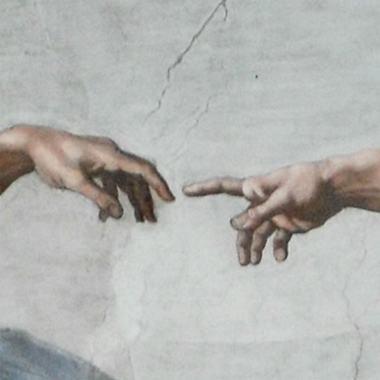

This study will use contact sheets or proof sheets from both 35mm and medium format SLR film photography as evidence of a number of cognitive processes in particular some aspects of decision making and shared theories of mind and a thinking in action in a dynamic world.
Contact sheets or proof sheets are, as the name suggests, photographic prints of a negative produced by the intimate contact between the film and the light sensitive emulsion to produce an indexical image of the entire negative. This technique has been widely used for a century by photographers to produce a record (and often a location index) of an entire roll of film. As a consequence, a contact sheet reveals much about the location and intention of the photographer in a sequence of chronological images. In amateur photography contact sheets are often used as contractual evidence between the processor and the consumer. In professional photography the same contractual standing is used for a variety of purposes such as cataloguing and recovery, editing, selecting, but most particularly to authenticate the images through sequential correlation etc. This thesis will argue that in those instances in which authenticity is an imperative for the professional photographer the use of the CS provides a trace of some aspects of the thought processes and decision making of the photographer “in the field”. While this is true for some photographic practices such as photojournalism, documentary photography and reportage, the evidential potential of the contact sheet extends to other kinds of photography including portraiture. As a consequence contact sheets are valuable because they provide the first unmediated sight of an entire shot roll of film that, as an artefact of the photographic process, is unadorned by the considerations that form part of photographic print making and the subsequent public face of the image. This is especially true in medium and large format photography contact prints, since the intimate contact with the negative preserves all the detail that are present in the negative such as errors, inadvertent shots, shifts in attention as well as material evidence in the negative surface and edge markings etc. In this sense the contact print or proof sheet not only records the action of the camera (and the processes of printing) but also provides evidence of some of the decision-making processes of the photographer.
This thesis takes the view that evidence of cognition is inscribed in both explicit and illegible ways in everything we generate. However, much of the research into the cognitive process of the human mind is understood through theoretical and/or experimental methods. The primary problem that these approaches need to negotiate with is the discontinuity between experimental and lived conditions. Topics for study, such as the cognitive process of creative collaboration, are more profoundly inhibited by the essentially spontaneous constituent of all collaborative work in the creative arts. There has been a long tradition of examining art works for evidence of the thought process of the artist – see for example the discussion of Rembrandt self-portraits. However, although some of these approaches may be undermined by unsecure evidence (the authenticity of the image, its relative pristine condition etc.) the photographic contact sheet traces a process of thinking in an authentic endeavour in a naturally complex and dynamic world. In this sense the thesis will decipher the inscription of some cognitive processes of creative collaboration between the photographer, world and apparatus on the evidence of their traces in contact and proof sheets.

Michael Punt (Plymouth University), David Chandler (Plymouth University, Photoworks), Hannah Drayson (Plymouth University), M.P. Meyer (EYE Film Institute)